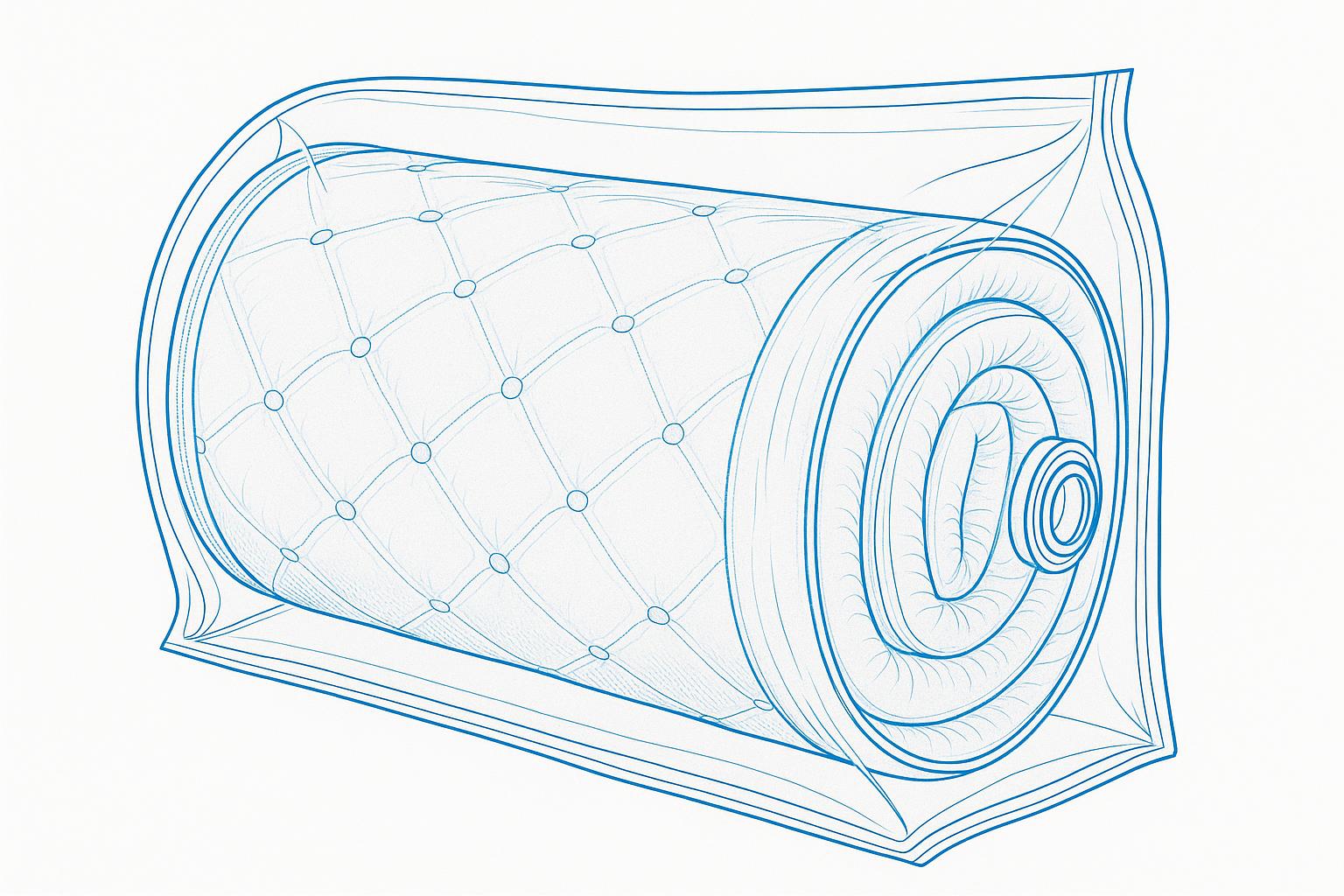
Vacuum-sealed packaging is a method of packing mattresses where air is removed from the packaging to make it smaller and easier to transport. This helps protect the mattress from damage and keeps it fresh until you're ready to use it.
When you order a mattress online, it may arrive in a compact, vacuum-sealed bag, which you can easily carry into your home and then unpack.
Vacuum packaging can lead to the degradation of certain foods, as the absence of air may cause changes in texture and flavor. Additionally, it can create an anaerobic environment that promotes the growth of harmful bacteria in some cases.
The purpose of vacuum packaging is to extend the shelf life of food by removing air, which slows down oxidation and microbial growth. This method also helps preserve freshness, flavor, and nutritional value.
Foods with high moisture content, such as fresh fruits and vegetables, should generally not be vacuum sealed, as they can spoil quickly or become mushy. Additionally, items like soft cheeses and raw garlic can ferment or develop off-flavors in a vacuum-sealed environment.
Yes, certain bacteria, particularly anaerobic ones, can thrive in a vacuum-sealed environment where oxygen is absent. This is why it's crucial to properly handle and store vacuum-sealed foods to prevent spoilage and foodborne illness.
Browse our selection of sleep products and find the right solution for your needs.
Shop Sleep Products